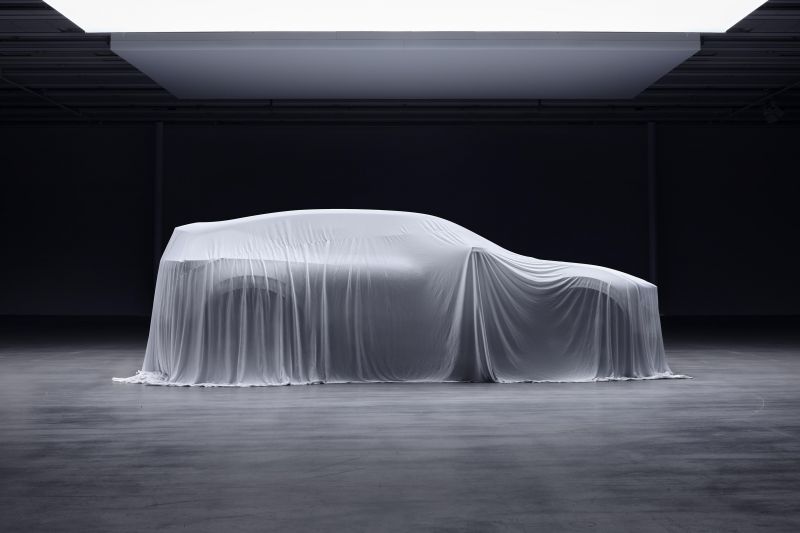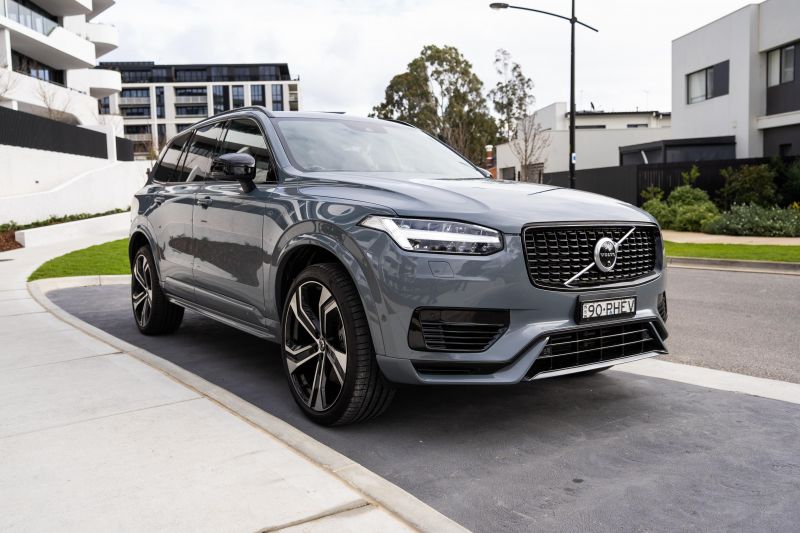The Polestar 3 SUV is set to be based on the next-generation Volvo XC90 but will have only two rows of seating.
To be manufactured at the Volvo Cars facility in Ridgeville, South Carolina, the Polestar 3 will be produced alongside the Volvo S60 sedan and next-generation XC90 large SUV.
According to a report by Car and Driver, the Polestar 3 will be more luxurious and more powerful than its Volvo counterpart.
It will also be offered in single- and dual-motor variants.
To set it apart from the XC90, Polestar is reportedly going to offer the 3 with only two rows of seating.
“I have nothing against three-rows per se, but the second we did do that you guys would be asking what was the differentiation to the XC90,” said Polestar CEO Thomas Ingenlath.
“Having two rows gives the opportunity to give the car that aerodynamic roofline, it gives the chance to emphasise the space between the first and second rows, which really gives the second row a luxurious feeling.”
So far the company has only revealed one teaser image of the vehicle, with it under a sheet.
Along with the Polestar 2 liftback, Ingenlath is expecting to produce more than 100,000 Polestar cars when the Polestar 3 goes on sale.
It hasn’t been confirmed whether the Polestar 3 will make its way to Australia yet, but its smaller sibling, the Polestar 2, is still set to arrive in November 2021.
The Polestar 2 uses the same CMA platform as the Volvo XC40 and upcoming C40 Recharge, and it produces 300kW of power and 660Nm of torque in the dual-electric motor variant.
Beyond the Polestar 3, the company has committed to building a production version of its Precept concept.
“I really believe in a world where everyone is not happy with one dish,” Ingenlath said.
“That would be so boring. Most restaurants try to cater for different tastes, and being a brand that would only have SUV would be terrifying for me.”
The Polestar 3’s platform-mate, the next-generation Volvo XC90, will also come only with electric powertrains. It’s set to be revealed in 2022.
All models will use laser imaging, detection and ranging (LiDAR) technology developed by Luminar, plus an autonomous driving computer powered by the Nvidia Drive Orin system-on-a-chip.
It’ll also feature a Highway Pilot feature developed in-house with software company Zenseact, allowing for autonomous driving on highways where legal.
Stay tuned to CarExpert for all the latest on Polestar in the coming months.







